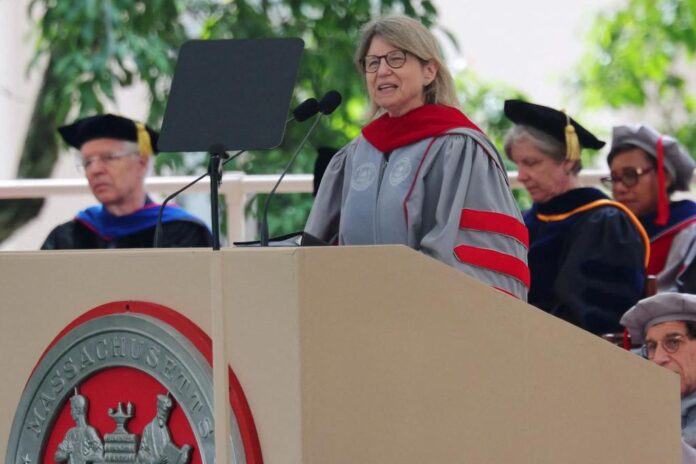The indications are that a historically oppressed minority group in America is finally going to get discriminated against less.
Cue the rejoicing?
No, because the group is Asian Americans and the discrimination has happened in the realm of college admissions.
MIT has released its first post-affirmative action admissions numbers for the incoming class of 2028, and the percentage of Asian American students increased markedly from 40% to 47%.
Black students dropped from 15% to 5% and Hispanic students from 16% to 11%, while the percentage of white students stayed roughly the same, dropping one percentage point.
There are two possible interpretations of these numbers.
Either the MIT admissions office has been somehow infiltrated by racists who want to exclude as many black and Hispanic students as possible (while, bizarrely, boosting Asian Americans), or the affirmative-action regime that the Supreme Court ruled against last year was working to keep out meritorious Asian American applicants.
It’s the latter, of course.
Although we still need to see the returns from other top schools, the MIT numbers are the first hard post-Supreme Court evidence that the critics were — unsurprisingly — right that affirmative action was a form of systemic discrimination against high-achieving Asian Americans.
The president of MIT, Sally Kornbluth, basically admitted as much when she said the changed composition of the school’s entering class is “a consequence of last year’s Supreme Court decision.”
The MIT figures aren’t so different from Duke scholar Peter Arcidiacono’s estimate of what Harvard’s admissions would look like without affirmative action.
Arcidiacono, an expert witness for Students for Fair Admissions in its case against Harvard and the University of North Carolina that went to the Supreme Court, forecast a big increase in Asian-American students, a moderate gain for white students, and a substantial drop in black and Hispanic admissions.
This was the experience in California when the state passed the anti-affirmative action Proposition 209 in 1996.
Asian-Americans went from 37% of freshmen at UC Berkeley in 1995 to 43% in 2022. (White students declined from 30% to 20%.)
Supporters of affirmative action consider this kind of change a blow against “diversity,” although this is a superficial, racially reductive perspective.
There isn’t a giant factory somewhere that is manufacturing generic “Asian Americans” who all have the same backgrounds and attitudes. The category of Asian-American, like other big racial classifications, does more to obscure than illuminate.
The category includes people from countries that have ancient enmities, and people from countries that have little to do with one another (China, India or the Philippines, for instance).
Chinese and Japanese students might come from families that have been here since the 19th century, while others are immigrants. Some Asian-Americans are affluent, others working class, some woke, some conservative, and so on.
What unites all of them is that they have convincingly demonstrated that they belong at MIT.
Rather than regretting that there are now “too many” of them, we should be proud of what they have achieved, and recognize that they are individuals who, as a matter of basic fairness and American ideals, should be treated as such.
One of the problems with affirmative action is that, in its obsession with racial categories, it might perversely give preferential treatment to an African-American kid whose father is a prominent lawyer and whose mother is college professor over an Asian-American applicant whose parents were refugees from Burma.
No one is reducible to race.
The new MIT admissions regime should also remove any doubt that black and Hispanic students are there based solely on merit, too.
As for the students who would have been admitted under the old highly racialized system, it’s not as though they will have no future if they end up at a good state school somewhere.
One would think that less discrimination would be considered ipso facto a good thing, but for supporters of affirmative action, it’s all about who is being discriminated against, and in what cause.
Twitter: @RichLowry

